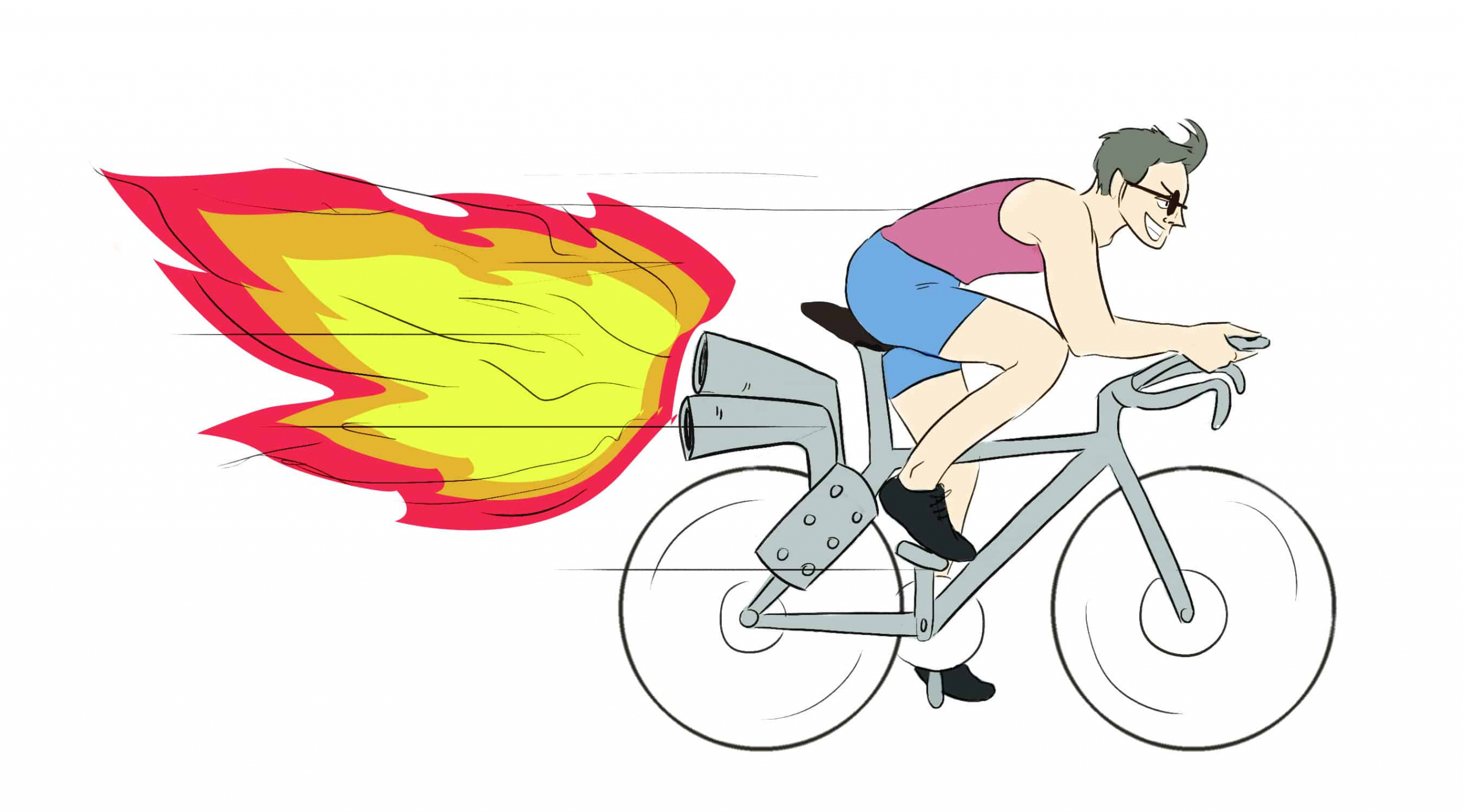It’s no secret that sports are an incredible source of national pride; one only has to think back to the Vancouver Winter Olympics or the Jays’ long awaited return to the playoffs last season to illustrate this point. National teams and athletes who make it to the top want nothing more than to represent their country on the world stage.
Unfortunately many athletes can get carried away by and falter under the pressure of representing an entire nation; some are willing to cheat in order to bring home a gold medal. Traditionally, this meant using illegal performance enhancing drugs (PEDs), but as technology and sporting equipment have become more sophisticated, ‘technical doping’ has become the latest issue plaguing sport.
‘Technical’ doping can be defined as performance-enhancing technologies that are in opposition to or threaten the integrity of sport. For an athlete to be accused of technical doping, they would have to compete with sports equipment — like bikes, balls, or clothing — that have been altered so as to provide an athlete with an unfair advantage over their opponents. Although not as severe as the use of PEDs, accusations of technical doping often tarnish an athlete’s reputation, as well as their sport.
One of the most high-profile technical doping scandals was ‘Deflategate.’ The equipment manager for The New England Patriots’ was accused of deflating quarterback Tom Brady’s footballs, and making them easier to throw during a rainy game. The news broke when the Patriots were in the midst of a great season and already on their way to Super Bowl XLIX. The story made national headlines for weeks, and people began to question the legitimacy of Tom Brady’s legacy.
After an investigation by the NFL, the league determined that the footballs were deliberately modified and that Brady was aware of the process. Although Brady has repeatedly demonstrated his ability on the field, the scandal still drew significant ire. One of the most high-profile incidents of “technical doping” in recent memory, deflategate is only one example of technological rule bending in sport.
Attention to sports has grown world-wide, and as a result more innovative sports technology has been created. At the 2008 Beijing Olympics, 23 out of 25 record breakers, including Michael Phelps, wore the Speedo LZR swimsuit. The suit allowed better oxygen flow to muscles, and it trapped air to add buoyancy. When swimmers realized they could get a major advantage without using drugs, many of them hopped on board.
In the first five days of the International Swimming Federation’s (FINA) swimming championship in Rome, 29 world records were set, directly after the introduction of the Speedo LZR. FINA realized the suit was altering the sport and decided to ban them in 2010, but the Speedo LZR would permanently change the swimming record books.
FINA asserted that the swimsuit should not determine one’s ability to excel in the swimming pool. From this point forward, it will be very difficult for swimmers to break records that were achieved by athletes wearing the Speedo LZR.
Similar to technical doping, mechanical doping is a term used to refer to cycling athletes who have mechanically altered their bikes to gain an unfair advantage over their competitors. The most recent case of mechanical doping occurred this year at the world cyclo-cross championship in Belgium. A competition for off-road bike racers, the cyclo-cross race encountered its first experience with mechanical doping after a bike inspector located a motor in the bike of Belgian co Femke Van den Driessche. The world governing body for sports cycling, Union Cycliste Interntionale (UCI) is currently investigating the incident, while Van den Driessche claims the bike belonged to a friend.
“It’s a very new thing in the sport,” remarked Matt Norman, member of the Varsity Blues mountain biking team, about instances of mechanical doping in cycling. “This first incident that happened at that cyclo-cross race was the first time its ever been recorded.”
Norman, who is also a mechanical engineering student, cited that although the sport is riddled with chemical doping, members of the cycling community were surprised that an athlete would go so far as to implant a motor in their bike. “With… chemical doping it’s sort of accepted… everyone does it so everyone is on the same playing field,” he explained. “[With mechanical doping] you’re using power that isn’t yours… it was a huge shock to the community because no one thought it was something that would go on.”
After many unfortunate situations regarding PEDs, athletes have begun looking for new ways to gain an advantage. Technical and mechanical doping are new forms of cheating that all sport-governing bodies need to acknowledge. The use of performance-enhanced equipment has already left an imprint on swimming, called into question the integrity of cyclists, and damaged the legacy of one of the NFL’s greatest players of our generation.


